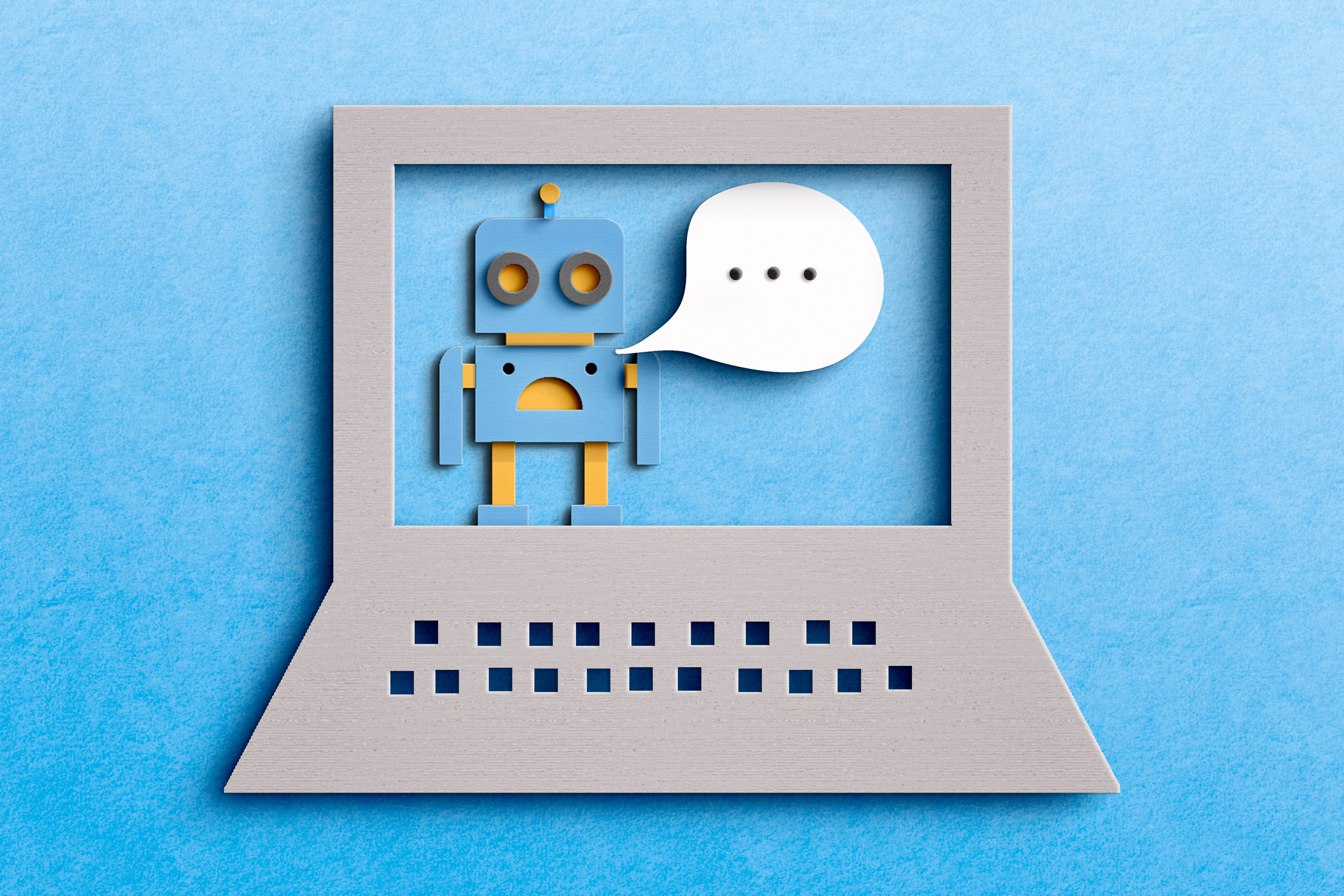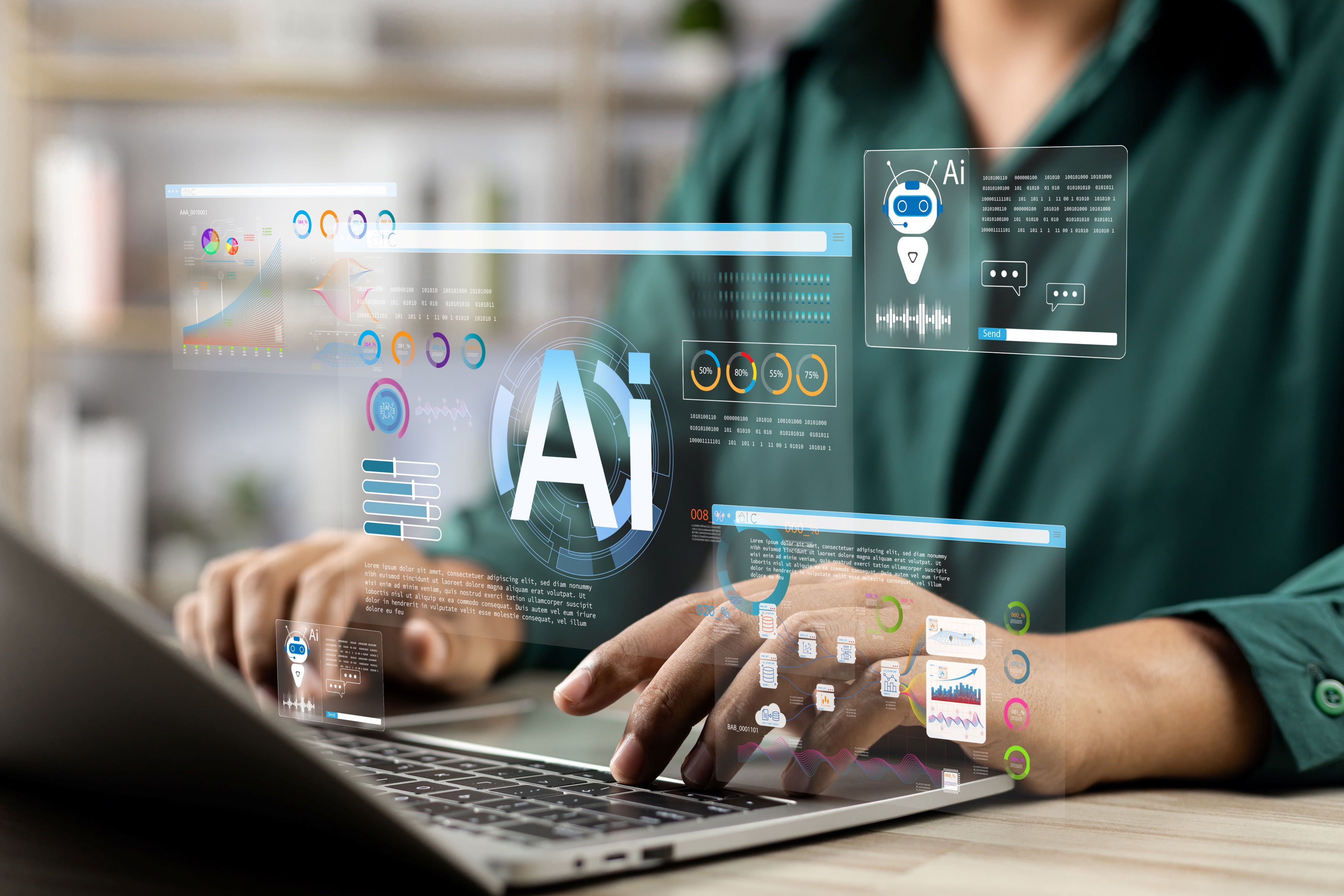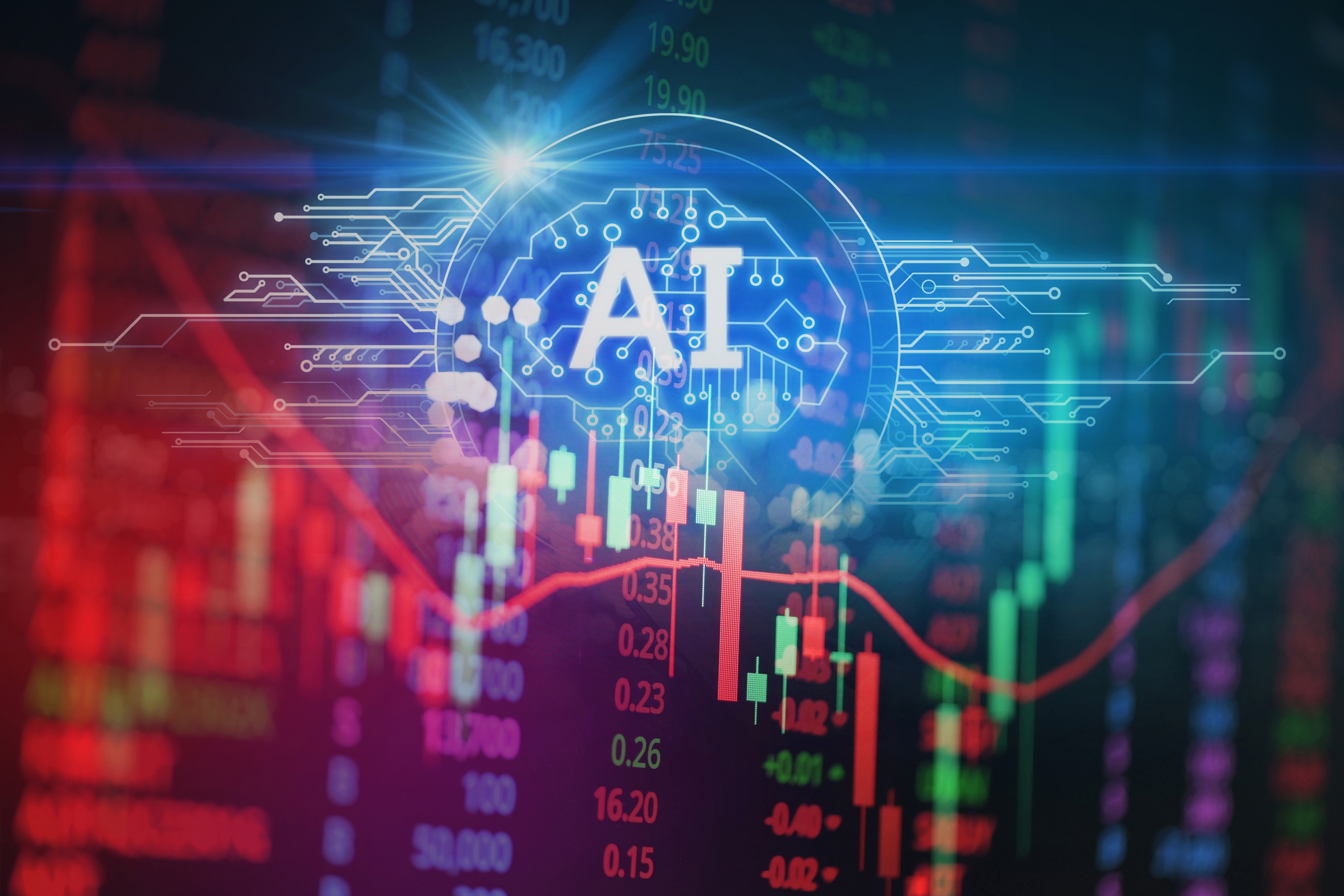AI to Power the Next Generation of Robots
There's increasing buzz that the tech behind ChatGPT will make future industrial and humanoid robots far more capable.


To help you understand what is going on in the tech sector our highly experienced Kiplinger Letter team will keep you abreast of the latest developments and forecasts (Get a free issue of The Kiplinger Letter or subscribe). You'll get all the latest news first by subscribing, but we will publish many (but not all) of the forecasts a few days afterward online. Here’s the latest…
The big buzz in the robot industry? The potential of artificial intelligence to rapidly improve robotics, from industrial models in factories to robots in hospitals, hotels, homes, etc. Here’s a look at some exciting robot trends.
Demand for industrial robots is on the rise. Over 600,000 will be installed this year around the globe, a record. China is the largest market in the world by far, installing nearly 300,000 in 2022. Next is Japan with 50,000, then the U.S. (40,000), South Korea (31,000) and Germany (26,000).
From just $107.88 $24.99 for Kiplinger Personal Finance
Become a smarter, better informed investor. Subscribe from just $107.88 $24.99, plus get up to 4 Special Issues

Sign up for Kiplinger’s Free Newsletters
Profit and prosper with the best of expert advice on investing, taxes, retirement, personal finance and more - straight to your e-mail.
Profit and prosper with the best of expert advice - straight to your e-mail.
Global competition for robots is revving up. There are national efforts to increase robot adoption in order to boost productivity, amid labor shortages and efforts to bring more manufacturing home. Those tailwinds bode well for robotmakers, such as top sellers Fanuc, Yaskawa, Kuka and ABB. There are lots of smaller firms and start-ups, too.
There are big hopes for emerging AI tech. The idea: Faster training and more skills for robots by using the generative AI behind ChatGPT and similar tools. Efforts include ways to program robots with plain written English rather than complex code, and using AI systems to have robots learn by observing. Expect steady improvement rather than breakthroughs, but the efforts to use AI on robots bear close watching.
AI will also improve computer vision and other areas. Specialized computer chips for robots will help. Nvidia recently unveiled a new chip, along with AI software, for humanoid robots. AMD, Intel and Qualcomm also have systems designed with robots in mind.
More-capable robot coworkers are coming to factories, warehouses and even small shops. Collaborative robots, or cobots, can work alongside humans for a range of tasks — screwdriving, painting, sanding, polishing, packaging, grinding, testing, gluing, soldering, and welding. Cobots from Universal Robots and others are stronger, can have two arms and can even have wheels to move.
There’s a push for humanoid robots by Agility Robotics, Boston Dynamics, Figure AI, Sanctuary AI and others. Testing is underway in real settings, but the tech will take many years to improve. China wants to mass-produce humanoids soon, too. More than job displacement, the near-term challenge will be too few robots for manufacturers and other industries that could quickly benefit from automation. To help, the industry is working hard to make adoption easier and cheaper.
This forecast first appeared in The Kiplinger Letter, which has been running since 1923 and is a collection of concise weekly forecasts on business and economic trends, as well as what to expect from Washington, to help you understand what’s coming up to make the most of your investments and your money. Subscribe to The Kiplinger Letter.
Related Content
- The Best Robotics and AI ETFs
- Retirees: Your Next Companion May Be a Robot
- You’re Fired? How AI Could Change the Labor Landscape
- Surprising Places Robots Will Soon Turn Up
Profit and prosper with the best of Kiplinger's advice on investing, taxes, retirement, personal finance and much more. Delivered daily. Enter your email in the box and click Sign Me Up.

John Miley is a Senior Associate Editor at The Kiplinger Letter. He mainly covers AI, technology, telecom and education, but will jump on other business topics as needed. In his role, he provides timely forecasts about emerging technologies, business trends and government regulations. He also edits stories for the weekly publication and has written and edited email newsletters.
He holds a BA from Bates College and a master’s degree in magazine journalism from Northwestern University, where he specialized in business reporting. An avid runner and a former decathlete, he has written about fitness and competed in triathlons.
-
 How to Avoid the Financial Quicksand of Early Retirement Losses
How to Avoid the Financial Quicksand of Early Retirement LossesSequence of returns — experiencing losses early on — can quickly deplete your savings, highlighting the need for strategies that prioritize income stability.
-
 How an Elder Law Attorney Can Help Protect Your Aging Parents
How an Elder Law Attorney Can Help Protect Your Aging ParentsIf you are worried about older family members or friends whose financial judgment is raising red flags, help is out there — from an elder law attorney.
-
 Q4 Post-Mortem From an Investment Adviser: Year of Resilience
Q4 Post-Mortem From an Investment Adviser: Year of ResilienceFinancial pro Prem Patel shares his take on how markets performed in the fourth quarter of 2025, with an eye toward what investors should keep in mind for 2026.
-
 To Build Client Relationships That Last, Embrace Simplicity
To Build Client Relationships That Last, Embrace SimplicityAs more automation becomes the norm, you can distinguish yourself as a financial professional by using technology wisely and prioritizing personal touches.
-
 Client Demand Is Forcing Financial Advisers to Specialize: How to Deliver
Client Demand Is Forcing Financial Advisers to Specialize: How to DeliverThe complexity of wealthy clients' needs — combined with AI and consumer demand — suggests the future of financial planning belongs to specialized experts.
-
 Disney’s Risky Acceptance of AI Videos
Disney’s Risky Acceptance of AI VideosThe Kiplinger Letter Disney will let fans run wild with AI-generated videos of its top characters. The move highlights the uneasy partnership between AI companies and Hollywood.
-
 AI Appliances Aren’t Exciting Buyers…Yet
AI Appliances Aren’t Exciting Buyers…YetThe Kiplinger Letter Artificial intelligence is being embedded into all sorts of appliances. Now sellers need to get customers to care about AI-powered laundry.
-
 What to Expect from the Global Economy in 2026
What to Expect from the Global Economy in 2026The Kiplinger Letter Economic growth across the globe will be highly uneven, with some major economies accelerating while others hit the brakes.
-
 The AI Boom Will Lift IT Spending Next Year
The AI Boom Will Lift IT Spending Next YearThe Kiplinger Letter 2026 will be one of strongest years for the IT industry since the PC boom and early days of the Web in the mid-1990s.
-
 Amid Mounting Uncertainty: Five Forecasts About AI
Amid Mounting Uncertainty: Five Forecasts About AIThe Kiplinger Letter With the risk of overspending on AI data centers hotly debated, here are some forecasts about AI that we can make with some confidence.
-
 Worried About an AI Bubble? Here’s What You Need to Know
Worried About an AI Bubble? Here’s What You Need to KnowThe Kiplinger Letter Though AI is a transformative technology, it’s worth paying attention to the rising economic and financial risks. Here’s some guidance to navigate AI’s future.